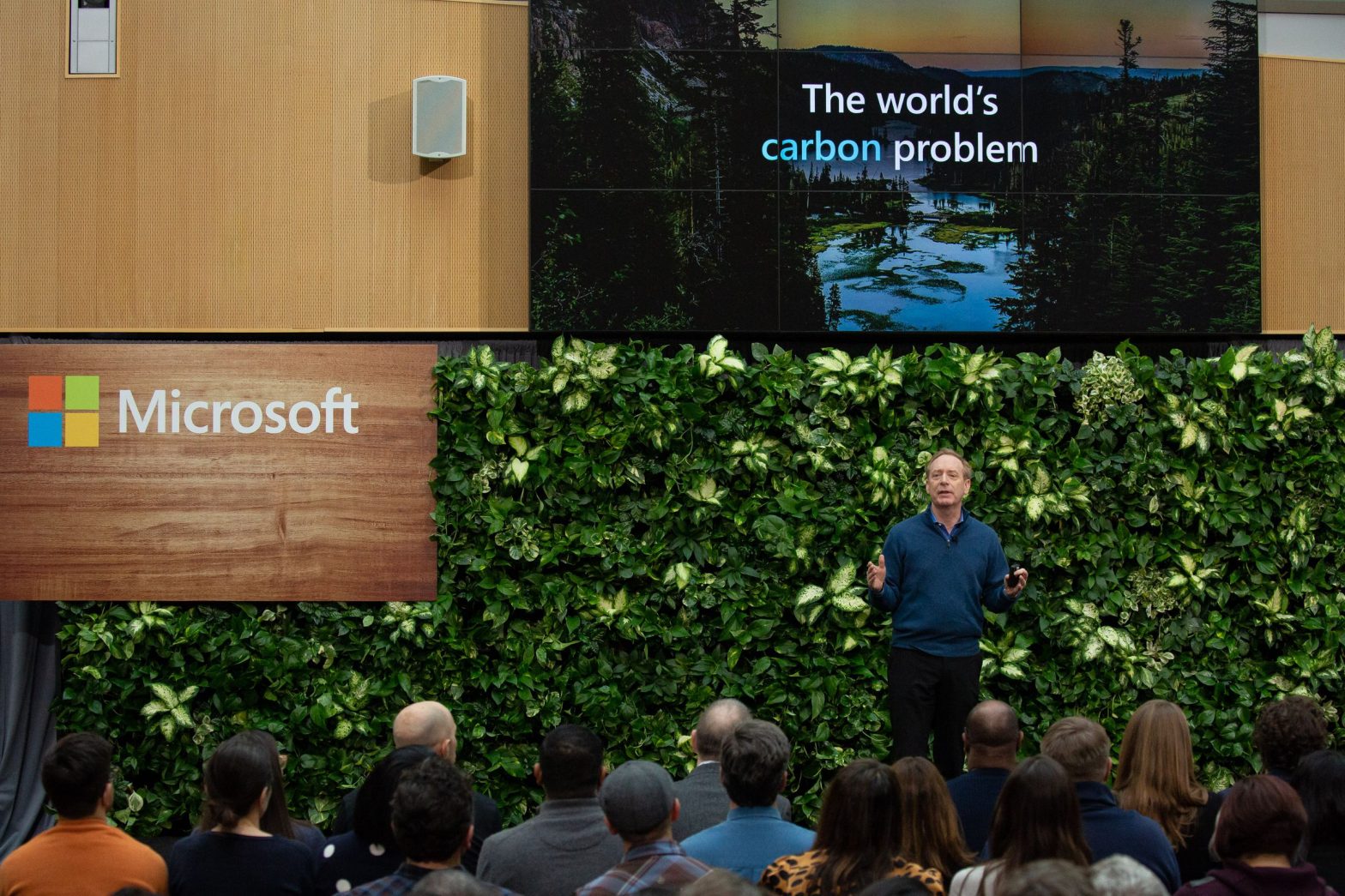/
The move could help Microsoft get around a big bottleneck in the solar supply chain.
:format(webp)/cdn.vox-cdn.com/uploads/chorus_asset/file/24387619/1194043966.jpg)
Microsoft just forged a strategic alliance with a major solar panel manufacturer to try to make good on its clean energy goals. The deal comes as supply chain woes and allegations of labor abuse are making it increasingly difficult to deploy solar energy across the US.
The plan is for solar energy heavyweight Qcells to provide more than 2.5 gigawatts of solar panels and related services to developers working with Microsoft. That’s enough to power some 400,000 homes, according to Microsoft, which hailed the collaboration as a “first-of-its-kind.”
The company has a goal of cutting its greenhouse gas emissions by “more than half” by 2030 and to counteract its remaining pollution by trying to remove CO2 from the atmosphere. Microsoft also has a 2030 renewable energy commitment — one that it won’t be able to meet unless it can encourage more solar and wind energy to come online.
Since 2012, Microsoft has technically purchased enough clean energy to match its electricity use. But that doesn’t mean that the company’s operations are actually running on renewables all the time. There just isn’t enough solar and wind connected to power grids yet, with renewables making up only 20 percent of the US electricity mix.
Microsoft makes “power purchase agreements” with energy providers to spur the development of new solar and wind projects. The goal is that, by the end of the decade, Microsoft will be able to get its entire energy supply “from zero carbon resources on grids where we operate.”
To make things harder, the solar industry is facing major supply chain kinks — especially in the US. Solar manufacturing is concentrated in China, which supplies about 80 percent of the world’s solar panels. That concentration makes the solar supply chain more vulnerable to bottlenecks, and a major one lately has been accusations of forced labor in China’s Xinjiang Uyghur Autonomous Region. The US blocked more than 1,000 shipments of solar energy parts between June and October last year after banning imports from Xinjiang, Reuters reports. Those trade barriers have significantly slowed solar installations in the US.
Microsoft appears to be trying to circumvent that bottleneck by partnering with South Korea-based Qcells. Earlier this month, Qcells announced that it would spend more than $2.5 billion to build up a “complete solar supply chain … from raw material to finished panels” in the US. It plans to build a new manufacturing facility in Georgia, where it also operates what it says is the Western Hemisphere’s biggest solar panel manufacturing plant.
“As one of the world’s largest purchasers of renewable energy, this work will help bring more solar energy to the grid, faster,” Microsoft vice chair and president Brad Smith said in a press release yesterday.
Microsoft could certainly use more clean energy on the grid as it struggles to cut down on its climate pollution. The company’s greenhouse gas emissions actually rose by about 2.5 million metric tons in fiscal year 2021 compared to the year before with an increase in device sales and cloud services, according to its latest sustainability report.
